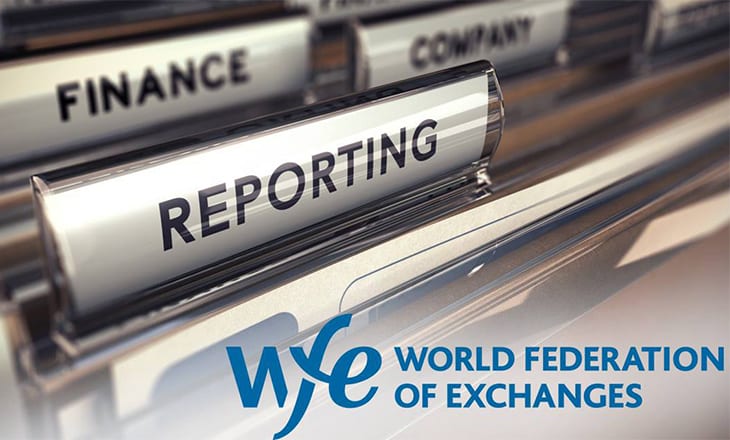The World Federation of Exchanges (WFE), which represents more than 200 market infrastructure providers including exchanges and CCPs, has today published a position paper discussing the implications of international regulatory dissonance, supported by a series of policy recommendations to promote better regulatory coherence.
Despite efforts to coordinate post-crisis financial regulatory reforms at the G20 level, and the extensive work done by international standard-setters such as IOSCO, global exchanges and CCPs are concerned about diverging approaches to the implementation of financial regulation and the impact on cross-border business, particularly for firms in emerging markets.
The paper released today – entitled Financial Markets and International Regulatory Dissonance – identifies the adverse effects of these developments and proposes solutions related to:
- Disproportionate expense: Regulatory barriers to entry due to high costs have an adverse impact on competition, and may also impede the ability of SMEs and emerging market institutions from participating in global capital markets. Consideration should therefore be given to streamlining, standardising, centralising and clarifying the process for equivalence determinations to help reduce legal and process uncertainty.
- Implementation timelines: Uncertainty and inconsistency in implementation timelines have put strain on market infrastructure providers. Timelines should therefore be clear, providing markets and their participants with certainty about the standards which they must apply.
- Legal uncertainty: A lack of legal certainty often characterises incoming regulation, particularly for firms outside the domestic jurisdiction. Local and regional authorities should follow as closely as possible global rules while taking the local market environment into account. Consideration should be given to new means of standardising and centralising application and recognition processes for international firms.
- Policy incoherence: Conflicting objectives and regulatory requirements in various jurisdictions engender regulatory arbitrage and other negative outcomes. National policymakers should coordinate their policies and address such conflicts before they become problematic.
- Economic (in)efficiency: International regulatory dissonance fragments trading and clearing activity, reducing the benefits of global markets. Except in those few instances where localisation requirements are justified, policymakers should avoid such fragmentation and actively cooperate to reduce it.
The paper also addresses how emerging markets are particularly impacted by regulatory dissonance, drawing attention to the complexity, and time- and resource-consuming nature of current arrangements to determine the regulatory equivalence and licencing for international firms.
Nandini Sukumar, CEO, The WFE said:
Coherent policy makes for healthy global markets, and healthy markets support economic efficiency, inclusive growth, and sustainable development. International regulatory dissonance undermines investment, employment and living standards, particularly in emerging markets. The optimal system is therefore one of mutual recognition based on global standards and principles of regulatory deference, implemented by national authorities.
Gavin Hill, Head of Regulatory Affairs, The WFE added:
Whilst post-crisis financial regulatory reforms have significantly improved financial stability, they have also introduced challenges. In designing and implementing policy, we urge authorities to work together to avoid market fragmentation and associated adverse effects to market functioning – particularly in the emerging markets – taking note of the model outlined by the WFE.
